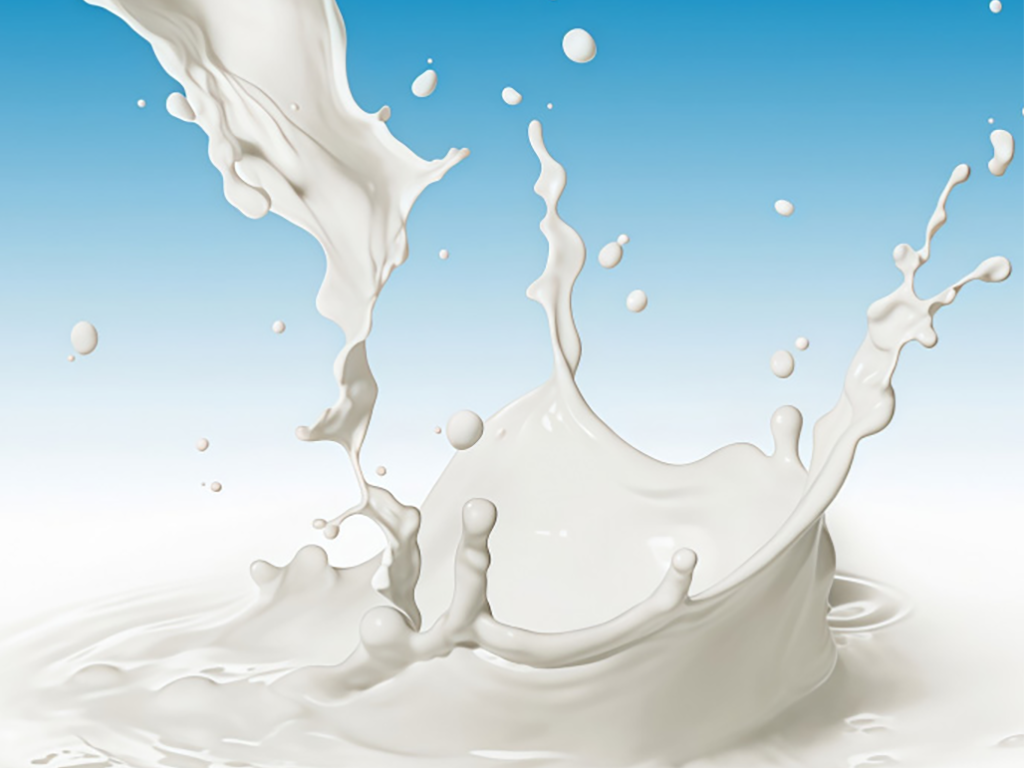Octyl acrylate price is influenced by a complex interplay of factors, including raw material costs, production expenses, market demand, and global supply dynamics, with fluctuations reflecting the balance of these elements across the value chain. Raw materials are a primary driver: acrylic acid (derived from propylene) and octanol (from petroleum or bio-based sources) account for 60-70% of production costs, so their prices—tied to oil prices, refinery capacity, and geopolitical events—directly impact octyl acrylate pricing. For example, a spike in propylene prices due to supply disruptions will raise acrylic acid costs, leading to higher octyl acrylate prices. Production expenses, including energy (for heating reactors and distillation), labor, catalyst costs, and waste treatment, also contribute, with larger manufacturers (like E Plus Chemical Co., Ltd.) achieving lower per-unit costs through economies of scale. Market demand, driven by adhesives, coatings, and textile industries, affects prices: strong demand in Asia-Pacific (particularly China) during peak manufacturing seasons can push prices up, while weak demand during economic downturns may lead to price declines. Supply dynamics, such as production plant shutdowns, transportation delays, or export restrictions, create short-term shortages that inflate prices. Regional variations exist due to transportation costs, tariffs, and local taxes—octyl acrylate in Europe or North America often costs more than in Asia due to higher logistics and regulatory compliance costs. Product specifications also matter: high-purity octyl acrylate (≥99.5%) or specialized grades (e.g., bio-based) command premium prices. Overall, octyl acrylate prices are dynamic, typically quoted per ton, with long-term contracts offering price stability, while spot market prices reflect immediate supply-demand conditions.
